Color is a powerful storyteller that brings personality to the brand’s value. Colors are fascinating and are suggestive with different textures, which stirs a distillation of heartstrings — from trust to excitement and beyond. In today’s fast-paced world, each brand is fighting for your attention whether you’re running a small or big business. Choosing the right color palette is essential to ensure that your brand communicates the right and attractive communication to your target audience. Here’ s how to choose the ideal color palette to enhance your brand’s identity-
Choosing the right color for a brand doesn’t mean it’s aesthetic, it’s a strategic decision that plays a vital part in a brand’s success. Establishing the brand’s identity is the vital aspect of the brand’s color palette. Your brand color will directly reflect your brand identity. Make the value lines that embody the communication you’re supposed to portray. Also make a list of adjectives that you feel directly define your brand’s personality.

Delve into the significance of each color.
Right after identification of your brand’s personality, switch to the coming step to pick the colors that will allow it to shine through. To do this effectively, you need to examine color psychology and how each color conveys a specific communication.
Blue: Trust, responsibility, calmness used by brands like Facebook and LinkedIn.
Red: Passion, energy, excitement seen in brands like Coca- Cola and Netflix.
Green: Growth, health, nature seen in brands like Starbucks.
Black: Fineness, complication, power used by luxury brands like Chanel.
Study Your Market and Know your Audience
Competitor mapping can help you understand the typical color trend and anatomize what exactly the brand needs. Further, different industries have categorized their own versions of colors as their identity.
The Food & Beverage Industry constantly goes for orange, and red, since these colors spark appetite. Cate or Sweet brands constantly go for pink or blue.
Health & wellness brands go for blue, since the color specifies cleanliness, and responsibility.
Tech brands also go for blue, since it signifies effectiveness and trust as well.
Orange is also a popular option, while black is the most common choice for this association with fashion and beauty, since it’s associated with fineness and glamour. Tones like pink, orange, and red are generally used to express lustiness, excitement, and confidence.
Produce a Cohesive Palette
Producing the primary and secondary colors will get the strong color palette which will enhance the texture, give you the bold hues, color personality and good acknowledgment about the mixtures in colors.
Test the Colors
Make sure to put your colors together and trial with various combinations to find the perfect match. This is as easy as switching colors out in your design train to produce samples you can snappily compare to each other. You should also test the palette to ensure that the color combinations are accessible. This can easily be done using on your website, social media plates, and packaging to ensure they look harmonious and poignant.
Conclusion
Choosing the color palette is not just one of the most important brand decisions you will make, but also one that once executed, is extremely difficult to reverse. This is why it is important to do it once and do it right .













